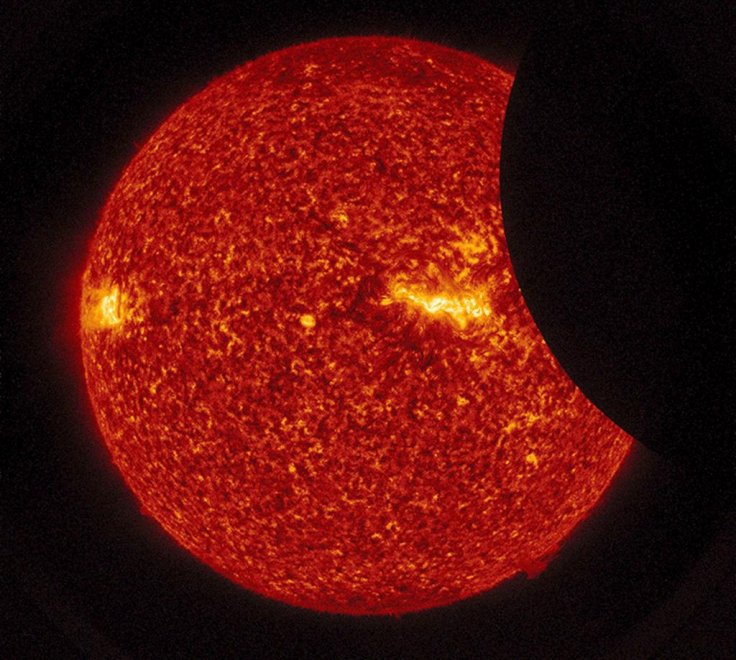
Our Sun and the numerous other stars that fill the sky may eventually solidify into crystals, according to new research.
Astronomers at the University of Warwick have direct evidence that white dwarf stars, which are some of the oldest stellar objects in the universe, could crystallize, or transition from liquid to solid.
According to findings published in the journal Nature, white dwarfs, or dead remnants of stars like our Sun, contain a core of solid carbon and oxygen. This is formed as a result of a phase transition during their lifecycle that is similar to water turning into ice but at much higher temperatures.
This discovery, led by Dr. Pier-Emmanuel Tremblay from the University of Warwick's Department of Physics and largely based on observations taken with the European Space Agency's Gaia satellite, has led scientists to speculate that white dwarf stars may be billions of years older than previously believed.
White dwarf stars are the remaining cores of red giants after they die and shed their outer layers. They are constantly cooling as they let go of their stored up heat over the course of billions of years. Astronomers find white dwarf stars to be useful in determining the age groups of neighboring stars as the former's predictable lifecycle allows them to be used as cosmic clocks.
For the study, the scientists selected 15,000 white dwarf candidates within 300 light-years of Earth from observations made by the Gaia satellite. They then analyzed data on the white dwarf stars' colors and luminosities.
The astronomers found that there is a "pile up," or a large number of stars that seem to be in the phase of their development in which latent heat is predicted to be released in large amounts. This results in a slowing down of their cooling process. The scientists estimated that some of the stars have slowed their aging by as much as 2 billion years.
Dr. Tremblay said in a statement that billions of stars in our galaxy have already completed the transition from liquid to solid and become "crystal spheres in the sky." As for when our Sun will make its own transition, the scientist said our star will turn into a crystal white dwarf around 10 billion years from now.
"Not only do we have evidence of heat release upon solidification, but considerably more energy release is needed to explain the observations," Tremblay continued. "We believe this is due to the oxygen crystallizing first and then sinking to the core, a process similar to sedimentation on a river bed on Earth. This will push the carbon upwards, and that separation will release gravitational energy."
Tremblay said this will improve their accuracy in getting the ages of the old stars of the Milky Way galaxy. He credited the Gaia observations for contributing the most to the discovery and said the experiment on ultra-dense matter could not be performed in any laboratory on our planet.
Check out a depiction of a white dwarf star in the process of solidifying from the University of Warwick here.
This article was first published in IBTimes US. Permission required for reproduction.









